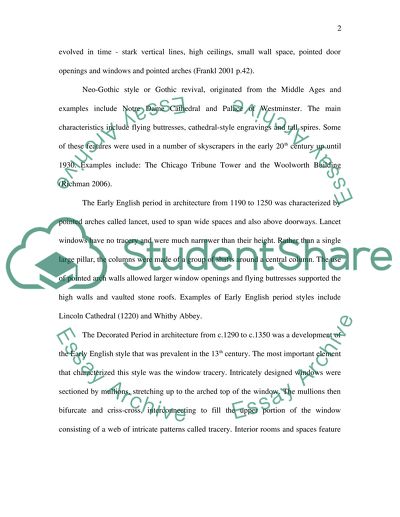Cite this document
(“Victorian Gothic and Gothic Revival Essay Example | Topics and Well Written Essays - 1500 words”, n.d.)
Victorian Gothic and Gothic Revival Essay Example | Topics and Well Written Essays - 1500 words. Retrieved from https://studentshare.org/miscellaneous/1500792-victorian-gothic-and-gothic-revival
Victorian Gothic and Gothic Revival Essay Example | Topics and Well Written Essays - 1500 words. Retrieved from https://studentshare.org/miscellaneous/1500792-victorian-gothic-and-gothic-revival
(Victorian Gothic and Gothic Revival Essay Example | Topics and Well Written Essays - 1500 Words)
Victorian Gothic and Gothic Revival Essay Example | Topics and Well Written Essays - 1500 Words. https://studentshare.org/miscellaneous/1500792-victorian-gothic-and-gothic-revival.
Victorian Gothic and Gothic Revival Essay Example | Topics and Well Written Essays - 1500 Words. https://studentshare.org/miscellaneous/1500792-victorian-gothic-and-gothic-revival.
“Victorian Gothic and Gothic Revival Essay Example | Topics and Well Written Essays - 1500 Words”, n.d. https://studentshare.org/miscellaneous/1500792-victorian-gothic-and-gothic-revival.


